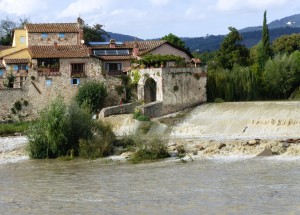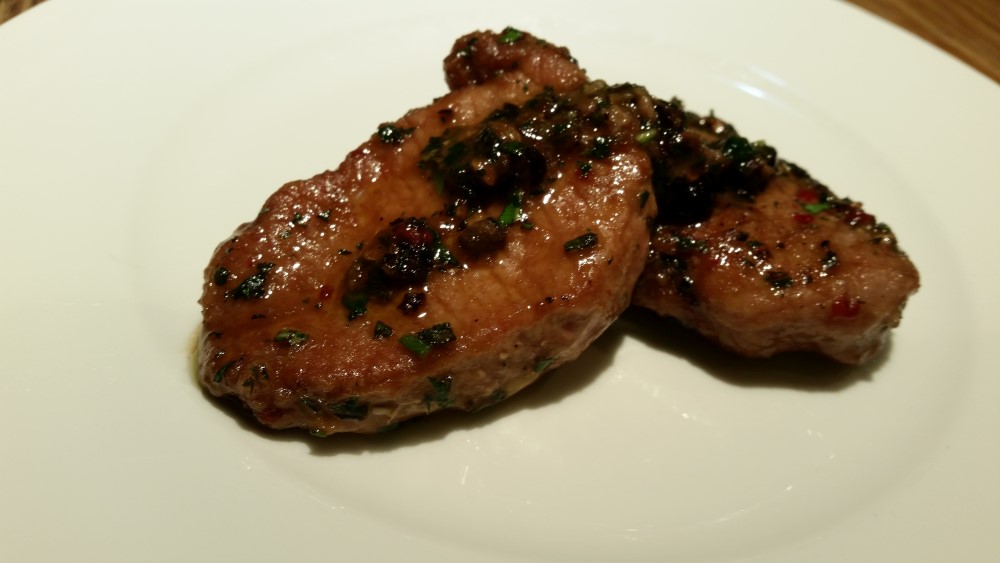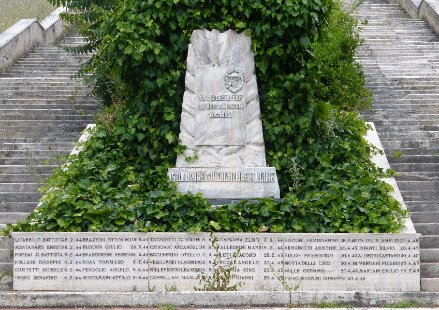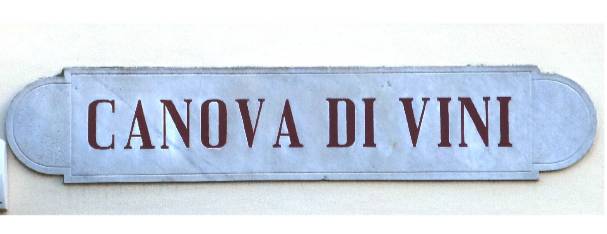
At the weir of Rovezzano there are two openings, one on the left and one on the right.
These are the rafting doors where fir trunks from the Casentino and Vallombrosa passed through until the nineteenth century when, with the opening of carriage roads and railways, timber floating on the Arno finally ceased.
Thick beams up to 25 meters long tied together with beech ropes or chains formed barges – also known as rafts – were guided along the flow of the river by raftsmen, men tested in every effort and every sacrifice to succeed in transporting the logs to Florence and the shipyards of Pisa and Livorno.
This activity was already being practiced in the twelfth century but had its greatest development from 1380 when the Opera del Duomo needed a large amount of timber to build the cathedral of Santa Maria del Fiore and the bell tower.
In Rovezzano, next to the rafting doors, were two ancient mills – now transformed into a luxury resort and apartments – which exploited hydraulic energy through a series of channels and artificial canals to move cereal millstones.
On the left bank of the river, close to Mulino della Nave valley, there has always been an inn where the raftsmen stopped to eat a hot meal after the long journey that took place during the winter, when the Arno had much more water which was needed for rafting the logs. However, the hosts wanted the money upfront before they sat down at the table because they said that “these raftsmen are so poor that they don’t have money or credit.” Even if they had a laborious job which would usually equate to an adequate meal, they only received “pan di legno” (polenta made from chestnut flour) and “vin dei nuvoli” (rainwater).
Even the raftsmen established their Potenza Festeggiante (local organizations in charge of preparing exhibitions, festivals, banquets etc.) commanded by the Duke d’Arno and located in the Piazza delle Travi in Florence.
In order to connect the two banks, at that point in time, there was – from the dawn of history until the flood of 1966 – a ship: a ferry pushed by hand with long poles by a ferryman upon which travelled man and beast and was loaded with all kinds of merchandise.
Activities such as those carried out by the raftsmen, millers and ferrymen have completely disappeared and even the related words are no longer in common use and are unknown to most people, but for centuries they have shaped the history and the life of the river.
Massimo Casprini








